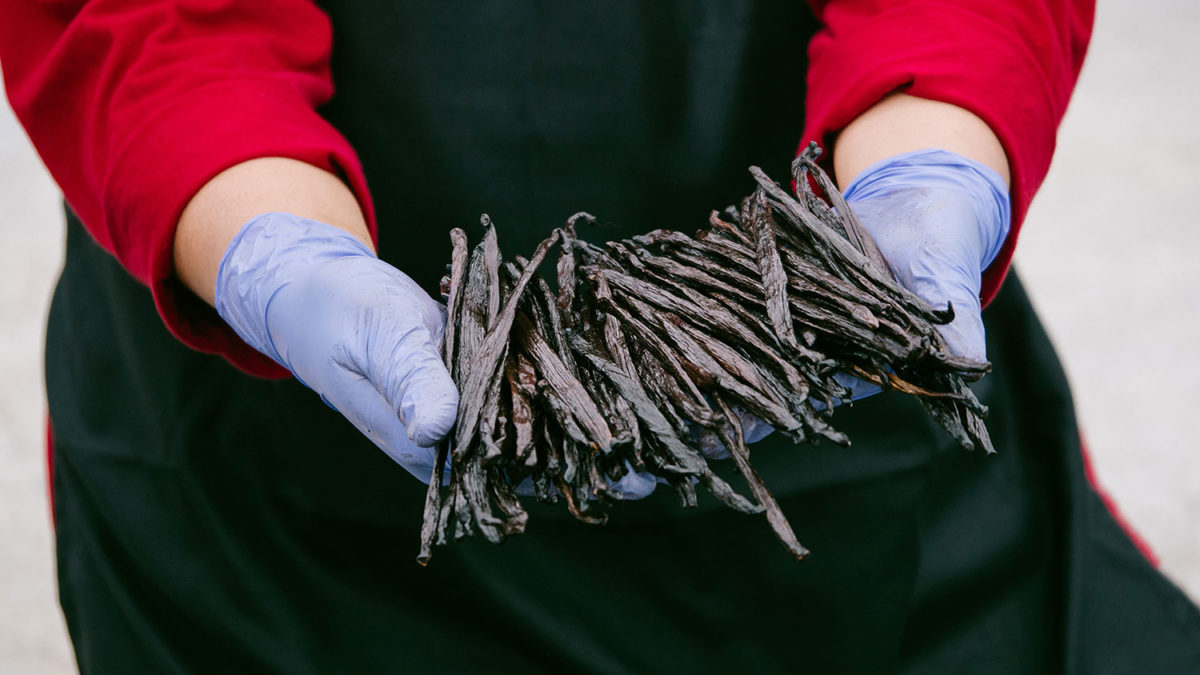Harvesting Vanilla Bean Plants


Vanilla is one of the ingredients that many people use for baking, food ingredients, perfume fragrances or aromatheraphy. Vanilla is a tropical orchid plant and there are more than 150 varieties of vanilla known. The cultivation technique of vanilla plant must be appropriate to get the maximum result as vanilla is one of the world’s most labor intensive culture.
There are components that affect growing of vanilla bean veins such as elevation of land, temperature, rainfall and humidity. Harvesting vanilla can be conducted after about 8-9 months after pollination. Usually vanilla veins start to flower in 2 years after planting.
The sixth year is the harvest peak in cultivation vanilla. After this period, the productivity of the plant is expected to drop. After 10 years, the plant itself is considered to be unprofitable and economically viable, though it can still experience flowering.
Planifolia beans can be harvested once a year with a harvesting time lasting from 2 to 3 or 4 months, depends on the pollination period as the maturity of the beans occur not simultaneously. One of the most vivid characteristics showing that the vanilla beans are ready to be picked up is the color of the pods’ tip: it should be slightly yellow or starting to split. To reach the best and most optimal result in further curing process the beans should be picked one by one once they are fully grown and mature.
The most common mistake occurring in Indonesian market today is that the majority of traders and buyers tend to buy planifolia beans in bulk. The more destructive thing is that the majority of the beans are very premature. Today there is a wrong perception between these two groups that if the length of the beans has already reached 20 cm, the beans are already mature, though they are only 4-6 months, in some cases with flowers buds on the tips (a clear sign that the beans are still less than 5 months old). These tendencies along with other factors like stealing the premature beans from plantations, price wars, and “wild trading” make the Indonesian planifolia market quite unstable, leading to the low quality of the beans and lower volume of production.